|
|
Post by hilldweller on Nov 19, 2012 11:23:09 GMT 10
P’bucket is driving me mad but here (hopefully) are a couple of the tow hitch, for those of you interested in such things. 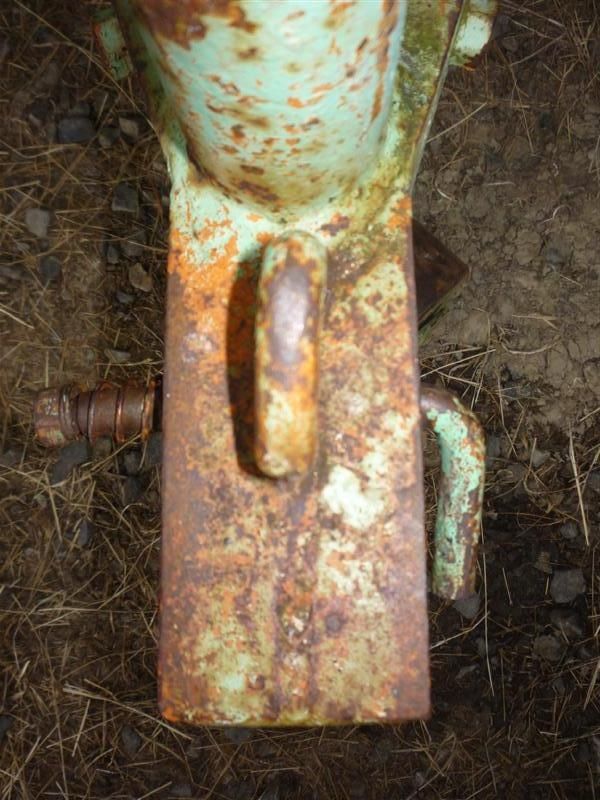 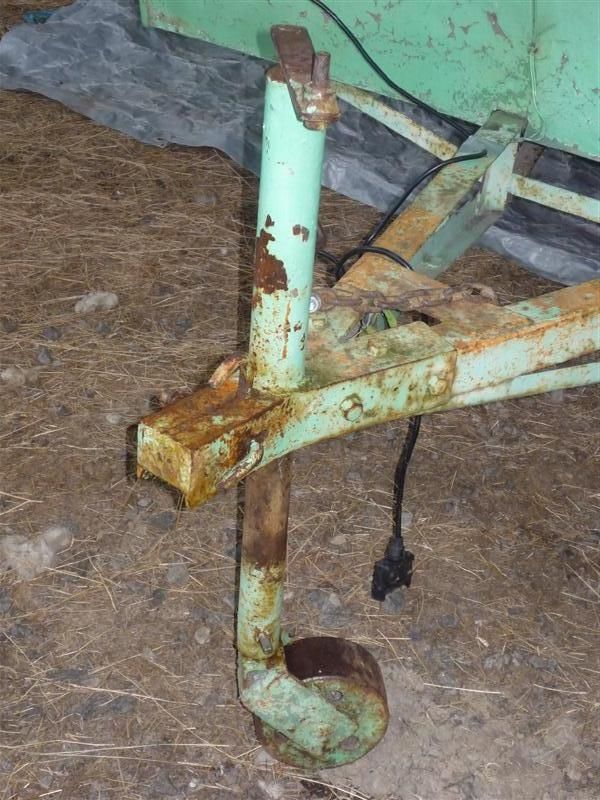 It works brilliantly. There was a forklift at the place I picked the van up from and as all of us were looking at the hitch rather doubtfully the guy put the forks under to see if it popped off the towball. No chance! WoF guy was happy too. More pics later today. |
|
|
|
Post by cobber on Nov 20, 2012 16:28:01 GMT 10
The following photos are of a coupling on a New Zealand van owned by Hilldweller. Something different aye ? Can you work out....... How it works ? 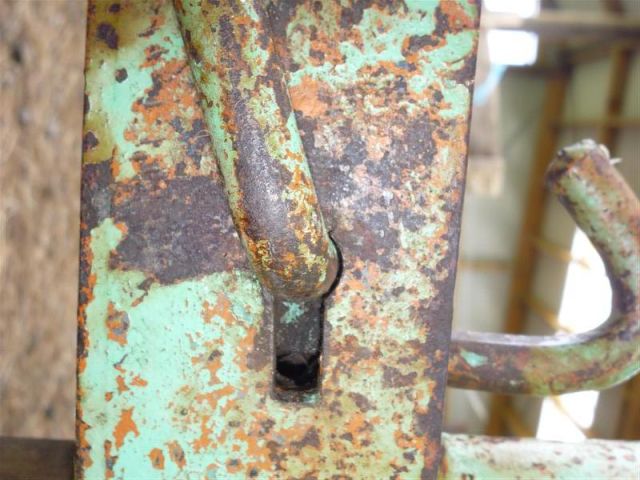 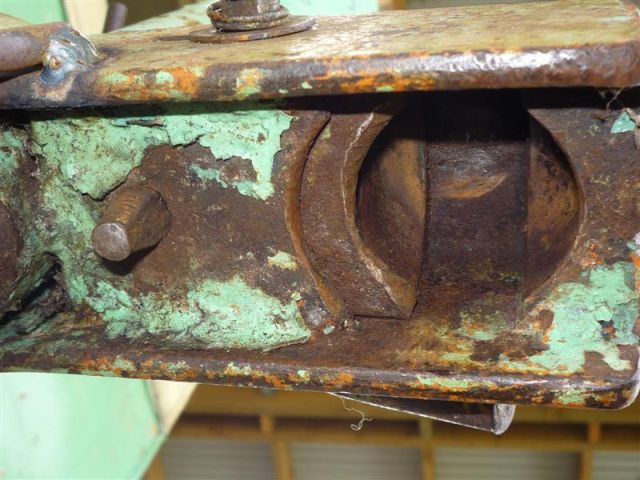 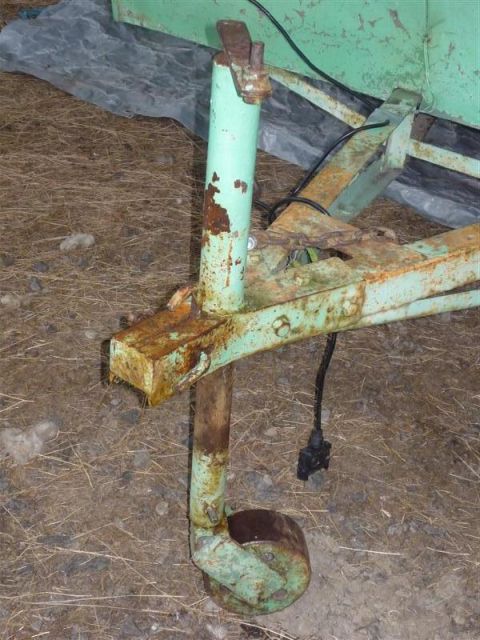 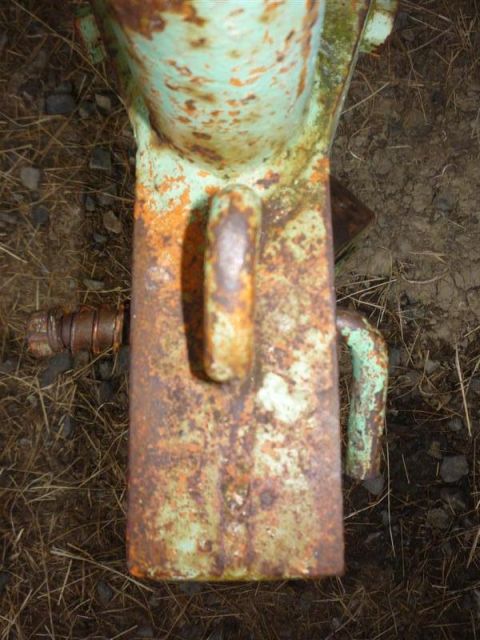 Cobber |
|
|
|
Post by Roehm3108 on Nov 20, 2012 16:43:57 GMT 10
I reckon that side lever turns the loose section in the forward section of the coupling to scoop under the towball, a bit like an icecream scoop    I am rather curious about the protruding lug in front of the hole where the ball fits in. Maybe HD can give us some lessons ;D ;D ;D |
|
|
|
Post by cobber on Nov 21, 2012 5:55:20 GMT 10
G'day Ray, I think you're close to the money with your ice cream scoop analogy. I think the lug you reference to is the end of the vertical pin which would be pulled up to enable the "ice cream scoop" to rotate then replaced to lock it in position. Come on Hilldweller.....how we doing    Cobber. |
|
|
|
Post by hilldweller on Nov 21, 2012 8:16:31 GMT 10
You're both wrong!  I'll try to get another pic later today to help you out. |
|
|
|
Post by DC3Td on Nov 21, 2012 16:03:12 GMT 10
Pull the top pin upward through the A frame & turn allowing the lug attached to rest on frame.
Then turn the side pin which retracts the tow ball locking mechanism. My two cents worth. gordon
|
|
|
|
Post by hilldweller on Nov 21, 2012 16:11:19 GMT 10
Getting warmer ;D Let’s see if this helps. It’s helping me too as I now understand what’s going in inside as well as which levers to pull. I reckon it’s a shining example of Kiwi ingenuity ;D If the chassis was a proprietary one, would the hitch normally have been supplied with it? These two pics are how it looks when set to be lowered over the towball. 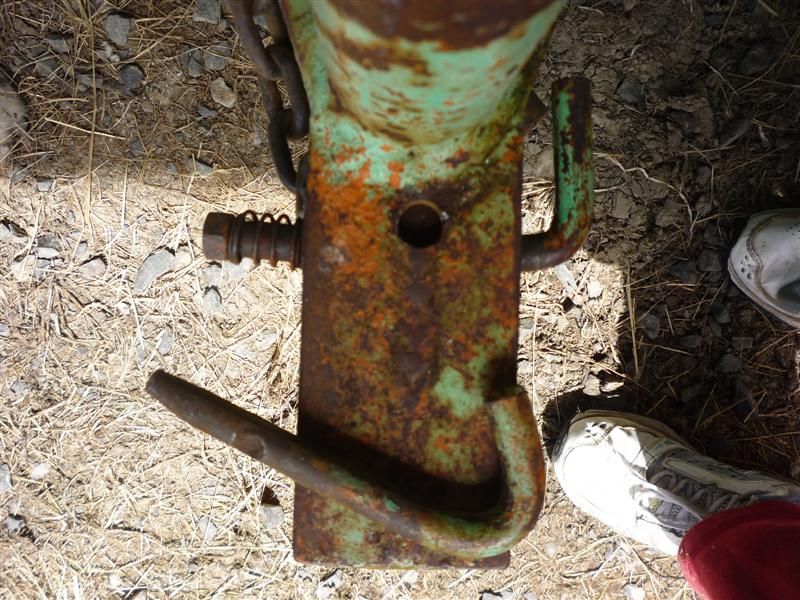  In the pic below towball would be in place but not yet secure. 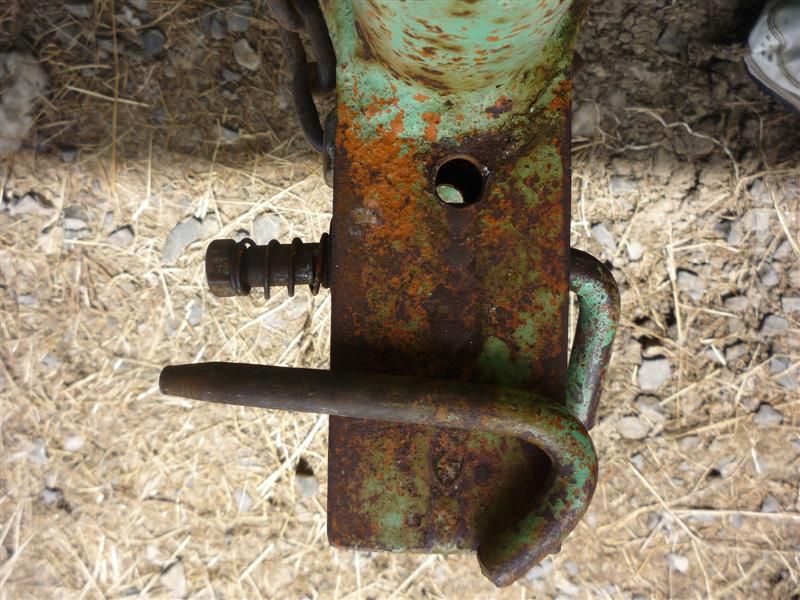 And when ready to drive off it looks like this from the side, and as per the pic from a couple of days ago underneath. 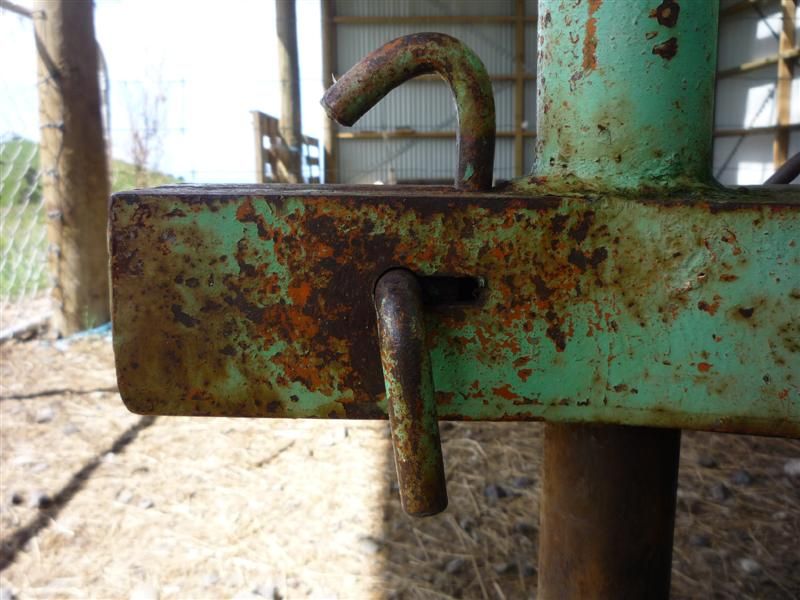 Can you figure it out? |
|
|
|
Post by cobber on Nov 21, 2012 16:47:48 GMT 10
Gee golly gosh hilldweller I reckon you're a bit tough  Ray said the horizontal pin worked the scoop that captures the ball and I reckon the vertical pin locked the scoop in the ball capture position and Gordon jumped on the band wagon and said much the same thing. You're right it is an example of NZ eccentricity ( you did say that didn't you ;D  ) the only thing that makes it a bit iffy I think is that there is no obvious provision to lock the locking pin down so it can't work it's way up when travelling, our blue slip boys would have trouble coping with that. Great coupling, I love it  Cobber. |
|
|
|
Post by hilldweller on Nov 21, 2012 17:13:56 GMT 10
Well OK you were close  but the 'scoop' doesn't rotate - the horizontal pin slides back and takes the back part of the scoop with it, in a sliding movement, not a rotating one. To get the pin to slide back you have to: 1) pull the handle piece on the horizontal pin away from the frame, against resistance from the little spring on the other end 2) rotate the handle so it faces fore/aft (this doesn't move the 'scoop' at all) 3) slide the pin backwards towards the van, which it only does when at just the right distance away from the frame and precisely aligned, as just one section has been flattened off so it can move through the slot. As the pin slides backwards so does the back half of the 'scoop'. So if the vertical pin were somehow to bounce out it would still be safe  Glad you like it  I had thought our WoF inspectors might require evidence of compliance with some modern safety standard, but apparently not  I asked specifically in case he'd somehow overlooked it and he was quite happy. It would have been a shame to have to replace this wonder of Kiwi engineering with something probably imported from China.  |
|
|
|
Post by Roehm3108 on Nov 21, 2012 17:23:34 GMT 10
"wonder of Kiwi engineering" Does make you wonder about kiwi engineering    Make something difficult out of something simple ;D ;D ;D ;D Too late in the day here to work out if I understand what you said HD, but I BELIEVE YOU     As long as it's safe AND legal, that's all that really counts Ray |
|
|
|
Post by cobber on Dec 23, 2012 19:48:53 GMT 10
A belcast coupling fitted to a 1967 Valiant caravan  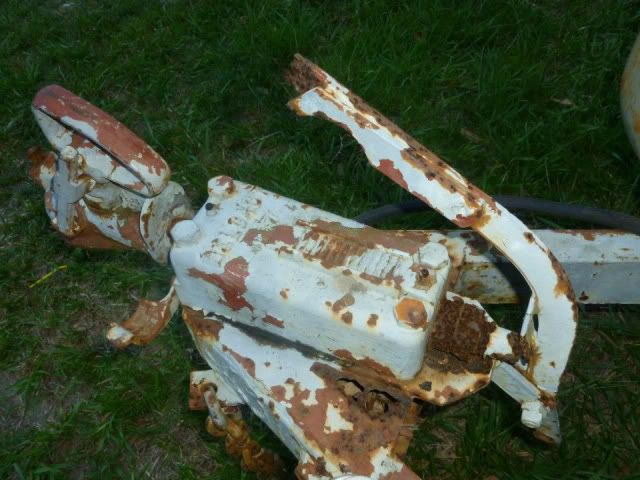 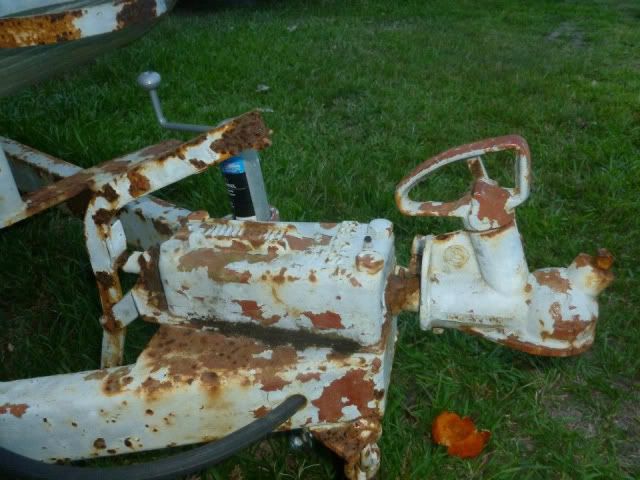 Cobber. |
|
|
|
Post by cobber on Jan 5, 2013 19:38:44 GMT 10
The tow coupling on a Sundowner caravanAfter a cleanup it appears to be a "Lawtons trailer hitch" 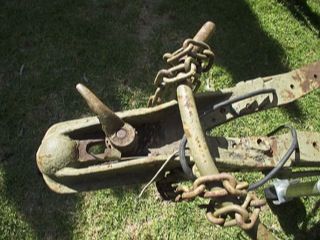 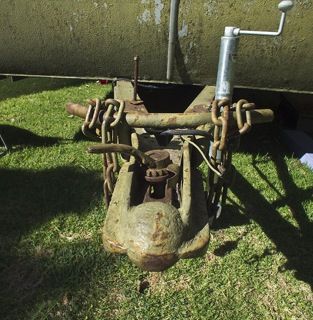 Cobber. |
|
|
|
Post by cobber on Feb 9, 2013 4:11:56 GMT 10
This tow coupling was fitted to a 1940s ABC mobile studio caravan  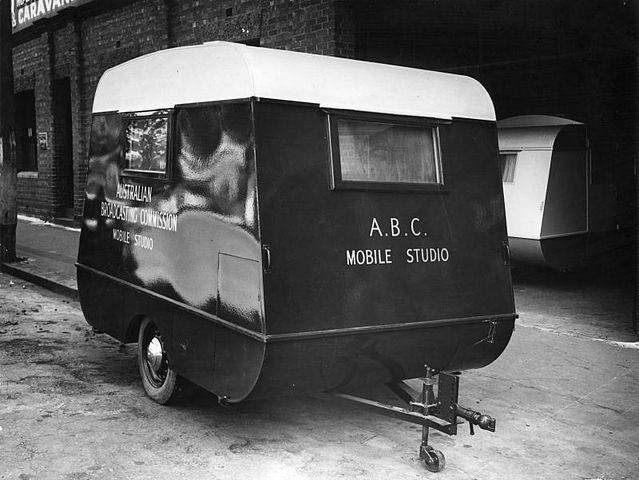 Cobber. |
|
|
|
Post by Don Ricardo on Apr 13, 2013 9:53:02 GMT 10
Hi Cobber, Following are photos of a tow coupling on a little van spotted by Dona Ricardo: 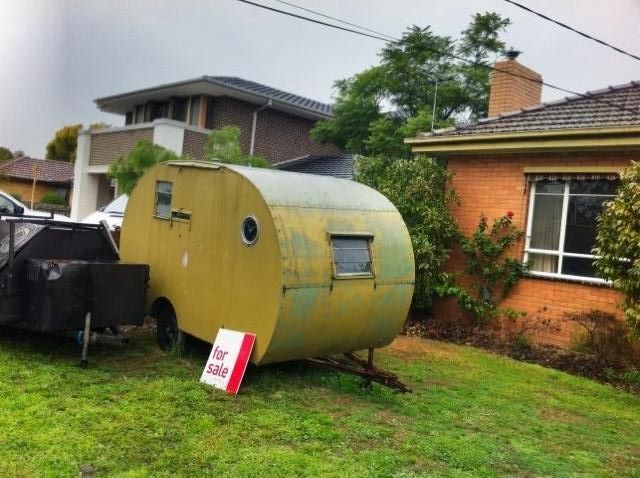 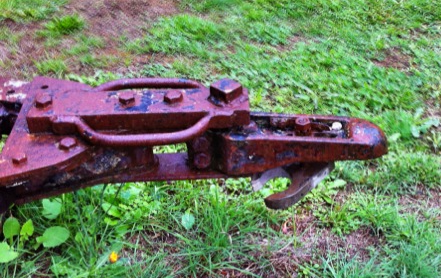 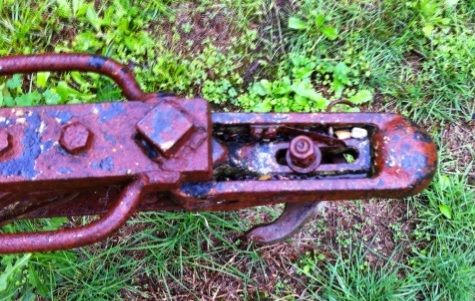 It appears that the lower tongue is moved forward to engage the tow ball, and is kept in place by the spring you can see in the last photo. There is also a pin to be seen on the top side (in photo terms) of the coupling which probably keeps the spring in place, or maybe it just provide a handle to move the spring back. I s'pose it must work, but I'm not sure how confident I'd be with that spring keeping things in place. Have we seen one like this before? I'm guessing it to be from the 40's. Don Ricardo |
|
|
|
Post by cobber on Apr 13, 2013 12:45:00 GMT 10
G'day Don R, That is really wonderful.... unique...very impressive...having that would be something to be proud of....I would never part with it if I was you........ I'm talking about Donna Ricardo, what a woman!   Spots a caravan for you to buy and restore, and even in that moment of excitement has the presence of mind to take not one, but two excellent photos of the tow coupling ( if it wasn't her who took the photos I don't want to know  ) From memory I don't think we have seen a coupling like it, looks a bit like it was meant for something other than a caravan originally the way it's been bolted between those two plates Would be interesting to see it in the flesh aye? Thanks for posting the photos on this thread  Cobber |
|
|
|
Post by humpyboy on Apr 13, 2013 14:56:27 GMT 10
My thoughts are that the spring may just be there as safety thing, I would have thought that you would slide that section forward to locate under the ball and then tighten the nut so that it can't move thereby enclosing the ball completely.
|
|
|
|
Post by cobber on Apr 14, 2013 14:02:42 GMT 10
Tow couplings The coupling on an Olympic van see reply #28 Here The coupling on a "Travel Trailer" by Olympic, see reply # 30 Here Don't know if either of them are " original" .... Maybe boblor can shed some light on that ? Cobber. |
|
|
|
Post by cobber on Apr 14, 2013 14:19:35 GMT 10
The ? C. Forbes coupling on a "Crestline" van.... See it Here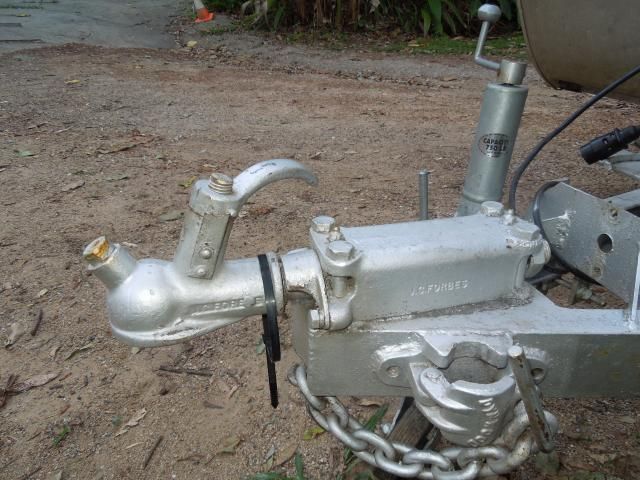 Cobber. |
|
|
|
Post by cobber on Apr 16, 2013 12:13:48 GMT 10
Back in August 2007 one of our British members, UK Brian, posted a bit of information about a British Caravanning Legend, Ted Billington. Ted Billington, together with a partner Harold Bird, started the B & B Trailer Company in 1948 that supplied caravan chassis to many UK caravan manufacturers into the 1960s. Of interest to us  is the fact that they also made the B & B tow coupling, a few of which have turned up on vans in Oz see Here & Here, reply 87Another interesting thing is.... in 1949/50 according to W.M. Whiteman in the book "The History of the Caravan" ( page 164) they " invented the "Autolock" coupling which locked itself as soon as the cup descended on the ball. This idea, cutting out the easily forgotten separate locking action, was so obviously right that other makers sought different methods of achieving it". Looking at the illustrations below we can see that the principal is the same as that on most of the couplings on our vintage caravans through the '50s and 60s and..... does it also indicate this type of coupling was not available prior to 1950, in England or Australia  If you would like to see some of the Bibliographic data about these couplings and subsequent modifications, and other invention these blokes came up with on the Espacenet Patent search site click here and type Henry Billington or Harold Bird into the search field (don't you all do it at once you'll bring the system down)    Or you can go direct to the original coupling Here ... Or the first modification to it with an adjustable wear pad HereOr the one I wouldn't buy HereThis is the original automatically locking coupling.  The first improvement to it.  And one of their inventions I don't think I would buy, it connects the tow vehicles hydraulic brake system via ducts in the tow coupling to the vans brakes   Cobber. |
|
|
|
Post by cobber on May 10, 2013 14:40:53 GMT 10
A couple of couplings  found on the "Toads & Roaches tour" 2013 "at and around" Tenterfield... Photos by Doug who will now tell us what the markings are on each coupling   The first one on a Wayfarer van  And this one on a homemade acquired by "smiles"... More info about this one when smiles gets the van home  Thanks Doug  two couplings we haven't seen before. Here is another photo of the coupling on the very interesting van smiles got, no markings on it  Consensus of opinion says it could be a "Jennison Cruiser" around about 1935. See the story in Smiles Members photos album  Cobber. |
|
|
|
Post by cobber on May 22, 2013 13:51:03 GMT 10
Globe tow couplings ( similar to the one at reply # 44 on page 2) provided a bit of excitement recently. First Ray Roehm discovered a hole in the rear of the socket on his Globe coupling, fitted to his Rowvan, that hadn't been mentioned previously and provoked a few guess as to its purpose down at reply # 90I discovered two of my couplings... a Wesco & a Locktite, had similar holes so.... maybe it's just part of the casting process ? " Then..... Isambard showed a photo of a Globe coupling fitted to her Globe caravan down at reply # 17 that had over-ride brakes..... first time we've seen the Globe coupling on anything but a Rowvan and first time it's been fitted to an over-ride brake  Anyway...... photos  Ray's coupling, can you see the hole on the left of the socket ?  Izzys coupling with an after market bolt to adjust for slack..... I think ?  And the over-ride brake setup  Cobber. |
|
|
|
Post by cobber on Aug 1, 2013 15:02:30 GMT 10
A bit of extra information regarding Gem couplings  This is the original Gem coupling shown previously in this thread, it was designed by a fella named Edward Rupert Flint in 1946.( or should we be calling it a 'Flint coupling' ?  The original Gem coupling patent application in 1946 is HERE The "Sealed Gem Override coupling" (that is what it was called) incorporating an override brake was apparently designed in 1948 by the same bloke. The 1948 patent application can be seen HERE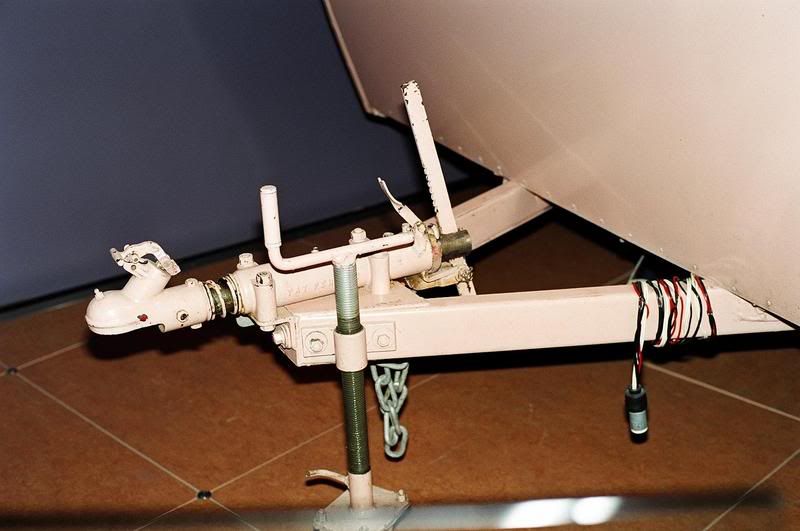 And I think  this could be one modified by somebody who didn't like the original safety catch..... fact is (if you read either patent application) there doesn't appear to be any means of locking the operating lever down, in fact  as you have probably noticed, the applications describe the operation of the lever in a different way to that demonstrated in the article at the bottom of this post  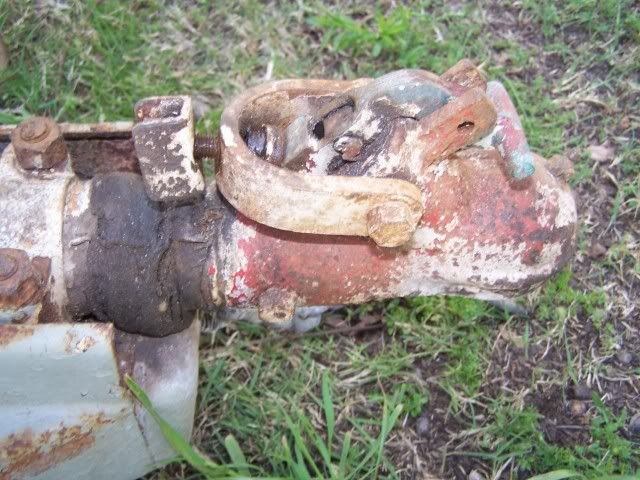 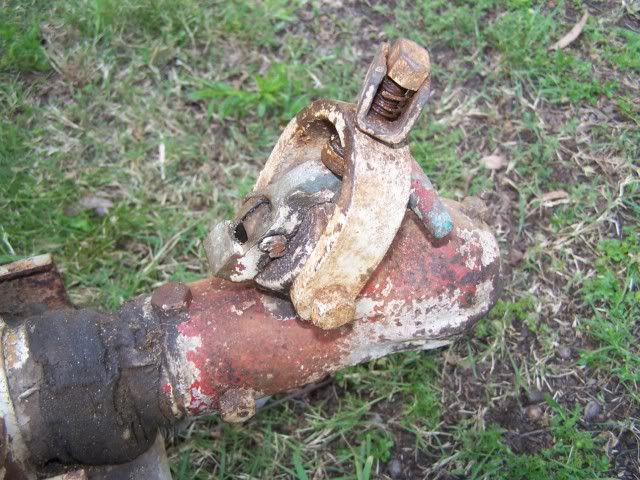 The full patent application lodged in 1948 can be seen HEREYou've already seen this article on page 2 reply #39 but I thought it would look good here   Cobber. |
|
|
|
Post by cobber on Aug 31, 2013 13:48:45 GMT 10
Just to get the Franklin tow couplings in the one spot This is Ken Koalas 1969 Franklin, no hand brake. 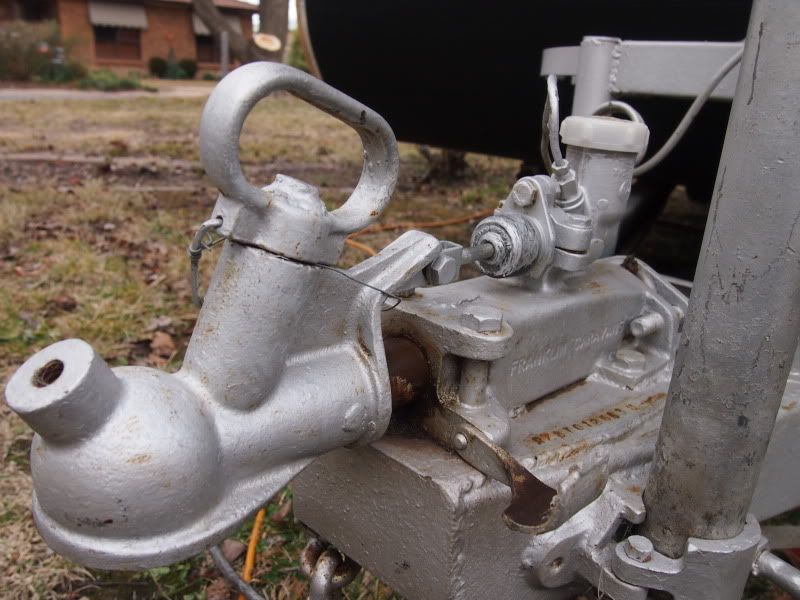 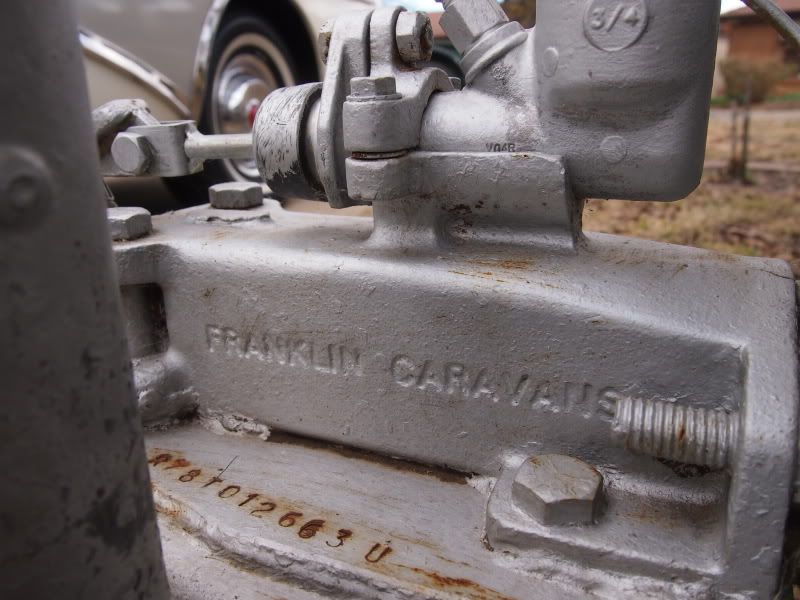 The same type retro fitted to a 1937 ply wood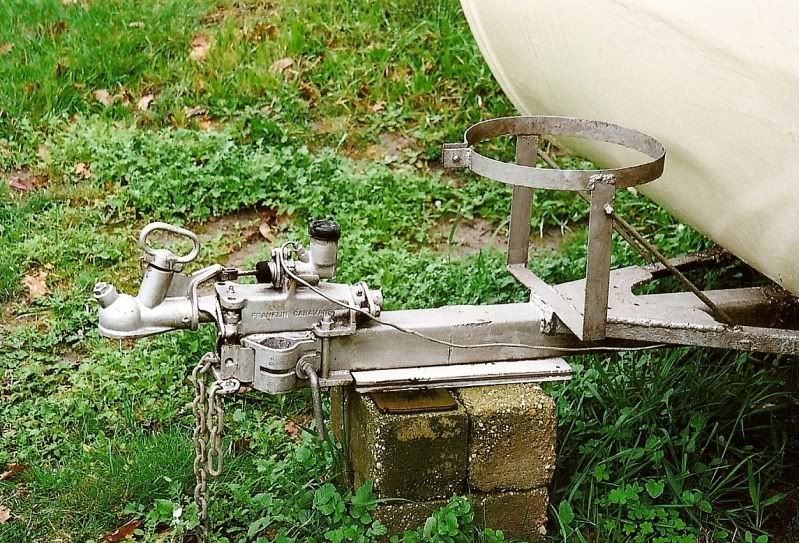 This is an earlier model with a non-locking hand brake.  Do you have one ?... I think I've seen a non-hydraulic one somewhere.. How about you add it to this thread  Ken Koala found another Franklin coupling you can see [url= vintagecaravans.proboards.com/post/110137] if you click here[/url] Cobber. |
|
|
|
Post by cobber on Sept 20, 2013 11:32:52 GMT 10
|
|
|
|
Post by cardygeorge on Sept 24, 2013 23:37:20 GMT 10
After scrolling through every page, I thought I'd add this one in. It's on a (yet to be confirmed) Globe, which is waiting patiently for us to come back and get it. 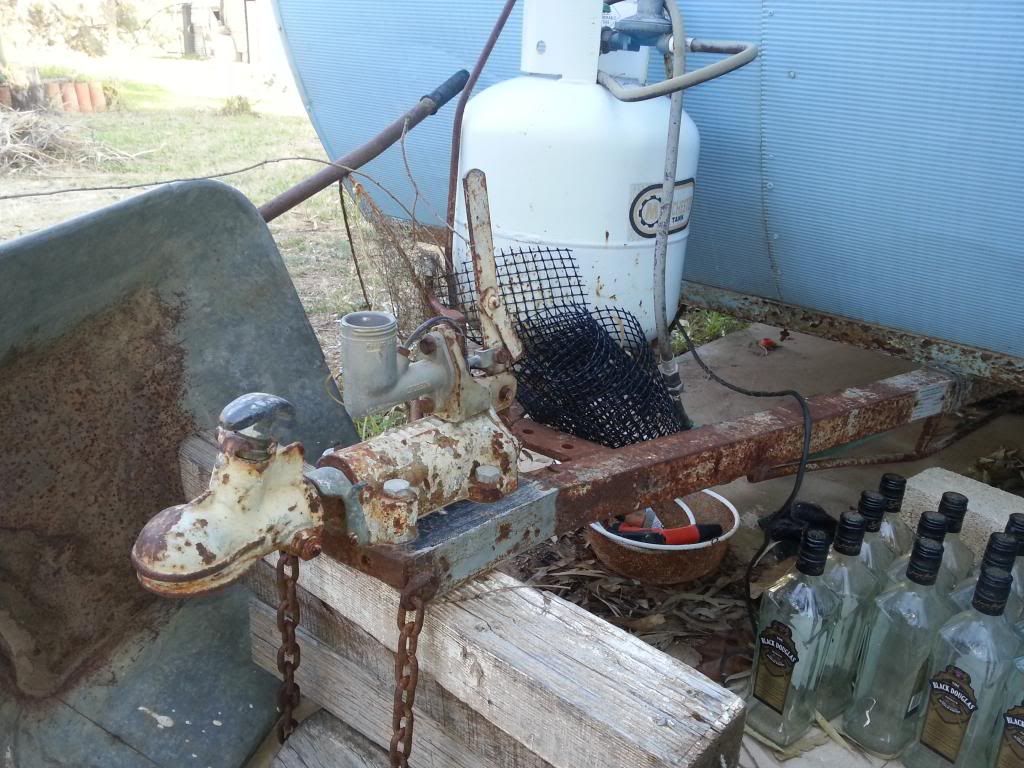 In terms of operation, all I can say is the handle rotates, I'm waiting very impatiently to get it home and have a decent poke. |
|